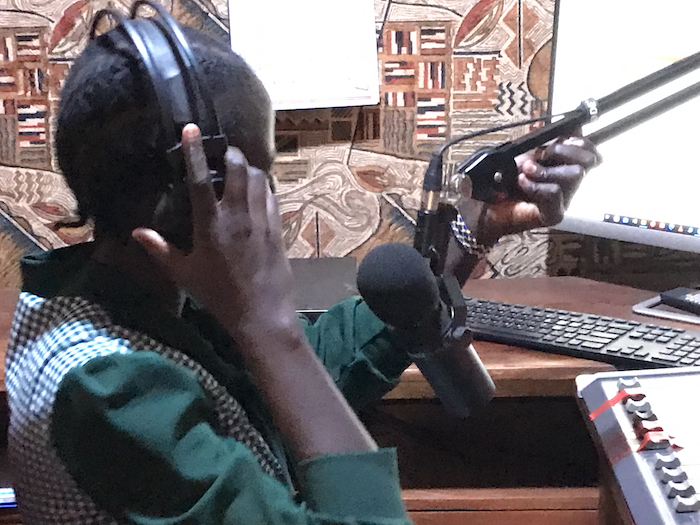
Bulletins are designed to collect all the news that’s relevant into one specific broadcast, usually a few minutes long.
Each bulletin will have a variety of stories reflecting the latest information your listeners are interested in. They are not comprehensive. They should give a flavour of the main points of the stories.
If you are working for a small radio station you will probably be gathering and editing the material for the bulletins and reading them yourself. If you work for a large broadcaster you might be editing the bulletin for a presenter to read.
Stories will consist of the following types: a straight read by the presenter; sections of text followed by a clip or clips of audio; an introduction followed by a piece by a reporter.
Work backwards from the on-air time and give yourself enough time for preparation. For example, you need time to print off scripts, brief your presenter if necessary and to get to the studios.
If you are the bulletin editor you need to give journalists clear instructions about what they are expected to deliver, the length of the item they are producing, the format it is expected to take and when it is meant to be ready.
Give yourself time to look at the story and check it for grammatical and factual errors. Read it out loud to make sure it makes sense and can be easily understood by listeners.
When you have collected all the stories you will use for the bulletin, always add a couple of extra items if possible. This is to allow for technical errors with audio and so on.
Try to rank the stories in your bulletin in order of importance and give each story a weight.
For example, a story which impacts on everyone in the community will usually be stronger than one which only affects a handful of people. An outbreak of Covid-19 in town is more important than one about plans to upgrade a road in two years’ time. A story about a football result will carry less weight than one about deaths arising from a traffic accident.
Try to place connected stories together in the bulletin. For example, it would make sense to place a story about malaria next to one about health facilities.
Once you have ordered the stories, write your headlines. You don’t have to write one for each story, just the most interesting ones. Most bulletins will end with closing headlines as well.
Brief your presenter about the running order, when to expect soundbites and so on. Give them time to read the text through before they go live on air.
If you have a number of bulletins during the day, try to refresh the stories from bulletin to bulletin so they sound different each time. Stories have a shelf-life, but this can be extended by finding new angles, rewriting the introductions and so on.
Keep your listeners in mind at all times. They expect to hear the latest news in one place. It has to be accurate, timely, balanced, and interesting. Following these guidelines will help you to achieve this.








